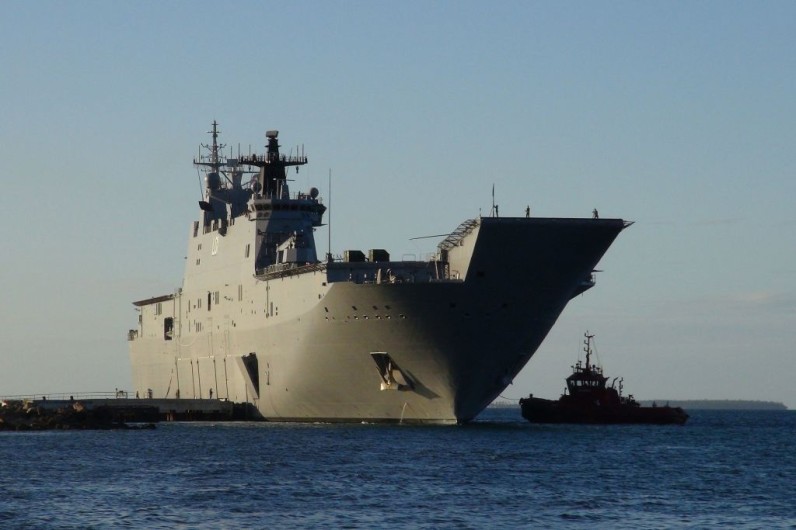Australia has announced that it would boost its defense spending by an additional $7.2 billion. This investment will allow the Australian government to build its largest Navy warship fleet since World War II over the next decade.

Australia Adds $7.2 Billion to Defense Spending
On Tuesday, Australian Defense Minister Richard Marles announced that the government had committed the extra funds as part of an over $35 billion plan to overhaul the country's surface fleet, Nikkei Asia reported.
Based on the new plan, Al Jazeera reported Australia would get six Hunter class frigates, 11 general-purpose frigates, three air warfare destroyers, and six state-of-the-art surface warships that do not need to be manned. Some of the fleet will reportedly be armed with Tomahawk missiles that have the ability of long-range strikes.
Marles cited increasing geopolitical tensions' concerns as competition between the United States, its allies, and China warms up in the Asia Pacific region. Some defense experts also said it is evident that Australia has been making an effort to counter Beijing's growing influence in the region.
It was evident when the Australian government signed the AUKUS (Australia, the United Kingdom, and the United States) security pact in 2021, which will deliver nuclear-powered submarines to Australia.
Read Also : Oil Climbs 1% After Houthi Rebels Attack on British Oil Tanker; Trafigura Assesses Red Sea Risks
New Vessels For Australia Could Arrive in Mid-2030
The US News reported that three of the 11 general-purpose frigates, replacing the aging ANZAC-class ships, will be built overseas and expected to enter service before 2030.
Marles said the government plans to eventually increase the navy's surface combatant fleet from 11 to 26, which would be Australia's largest fleet since World War II.
"What is critically important to understand is that as we look forward, with an uncertain world in terms of great power contest, we'll have a dramatically different capability in the mid-2030s to what we have now," Marles told reporters.
"That is what we are planning for, and that is what we are building," he added.







Join the Conversation